Cast steel globe valves are a popular choice for applications that require high quality, low noise, and long life. As the name suggests, these valves are cast from a single piece of metal. This reduces the chances of defective parts and overall improves performance. Cast Steel Globe Valves are valves with flanged or butt welding end connection designed with BS 1873 or API 627 standards and widely used in oil, gas, and petrochemical industry. Cast steel globe valve is a valve used to control the flow of fluid in and out of a fluid system.
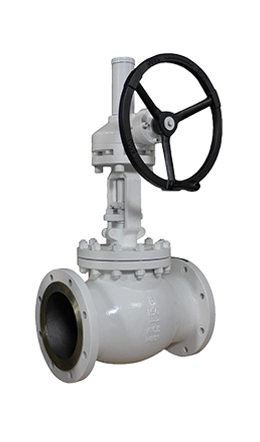
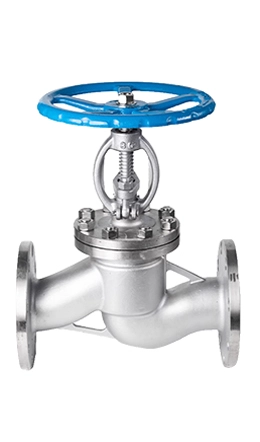
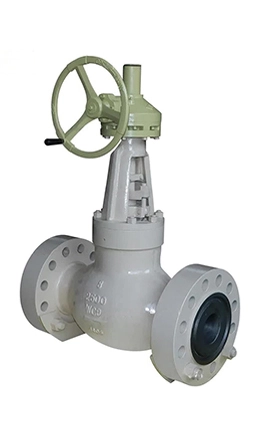
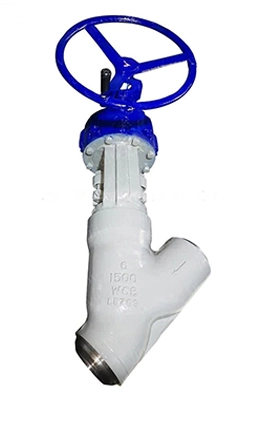
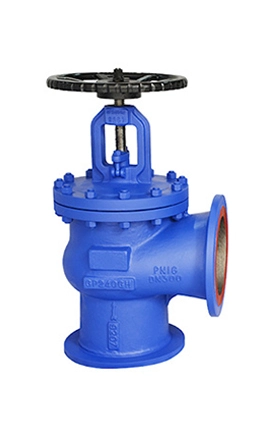
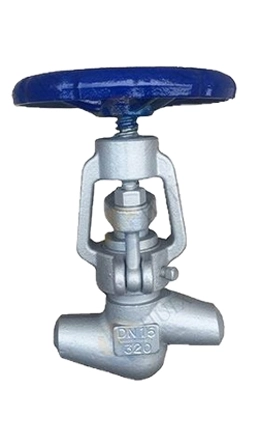
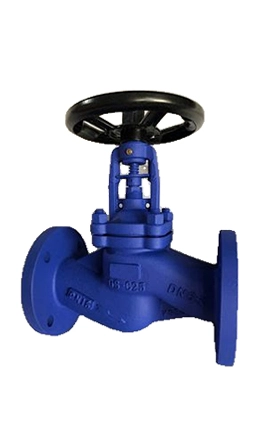
Cast globe valves are manufactured via casting processes (e.g., sand casting, investment casting) to produce robust bodies and components. Material selection depends on the operating environment, pressure, temperature, and fluid type.
1. Cast Iron
Grades: Gray cast iron (ASTM A48) or ductile cast iron (ASTM A536).
Applications: Low-pressure water, steam, and non-corrosive fluids.
Advantages: Cost-effective, good machinability, and durability in low-stress environments.
Limitations: Not suitable for high temperatures (>250°C) or corrosive fluids.
2. Carbon Steel
Grades: ASTM A216 WCB (most common), WCC, LCB.
Applications: High-pressure/temperature systems (e.g., steam, oil, gas).
Advantages: Excellent strength, thermal stability, and resistance to mechanical stress.
Typical Use: Power plants, refineries, and industrial pipelines.
3. Stainless Steel
Grades:
CF8 (304 SS): General corrosion resistance.
CF8M (316 SS): Superior corrosion resistance (e.g., chlorides, acids).
Applications: Corrosive fluids, chemicals, food processing, and high-purity systems.
Advantages: Non-reactive, hygienic, and suitable for extreme temperatures.
4. Bronze/Brass
Grades: C83600 (bronze), C37700 (brass).
Applications: Marine environments, water systems, and low-pressure steam.
Advantages: Excellent corrosion resistance in seawater and non-oxidizing acids.
5. Alloy Steels
Grades: WC6, WC9, C5, C12 (chrome-molybdenum steels).
Applications: High-temperature/pressure steam, hydrogen, and hydrocarbon systems.
Advantages: Resistant to thermal creep and oxidation.
6. Nickel Alloys
Grades: Monel (Ni-Cu), Hastelloy (Ni-Mo-Cr), Inconel (Ni-Cr).
Applications: Highly corrosive fluids (e.g., sulfuric acid, chlorine), offshore, and chemical plants.
Advantages: Exceptional resistance to pitting, crevice corrosion, and extreme temperatures.
7. Duplex Stainless Steel
Grades: ASTM A890 Gr. 4A/5A (e.g., 2205, 2507).
Applications: Offshore oil/gas, seawater, and chloride-rich environments.
Advantages: Combines strength with corrosion resistance.
Cast globe valves are engineered for precise flow control and reliability in demanding applications.
1. Flow Control & Throttling
Precise Regulation: Designed for throttling (partial opening/closing), enabling fine adjustments to flow rate.
Linear Flow Characteristics: Disk movement perpendicular to flow allows proportional control.
High Pressure Drop: The S-shaped flow path creates turbulence and resistance, ideal for systems requiring pressure reduction.
2. Sealing Performance
Leak-Tight Shutoff: Metal-to-metal (hard seats) or resilient (PTFE/elastomer) seating ensures tight closure.
Bidirectional Sealing: Many cast globe valves seal effectively in both flow directions, though some designs are unidirectional.
3. Durability & Material Strength
Robust Construction: Cast bodies (iron, steel, or alloys) withstand high pressure and mechanical stress.
Corrosion Resistance: Material options (e.g., stainless steel, duplex, nickel alloys) suit aggressive fluids or marine environments.
4. Temperature & Pressure Handling
High-Temperature Performance: Carbon steel (WCB) and alloy steel (WC6/WC9) valves handle up to 425°C (800°F).
Pressure Ratings: Typically range from Class 150 to Class 2500 (ASME/ANSI), depending on material and design.
5. Maintenance & Serviceability
Ease of Repair: Bolted bonnet design allows easy access to internal components (disk, seat, stem) without removing the valve from the pipeline.
Replaceable Seats: Worn seats can be refurbished or replaced, extending valve lifespan.
6. Actuation Compatibility
Manual or Automated: Works with handwheels, gear operators, or actuators (pneumatic, electric, hydraulic) for remote control.
7. Applications
Ideal For:
Steam, water, oil, gas, and chemical systems.
Power plants, refineries, HVAC, and pipelines requiring throttling or frequent adjustments.
Avoid: Applications requiring full, unobstructed flow (gate valves are better for minimal pressure drop).
8. Key Advantages
Superior throttling accuracy.
Reliable sealing under high pressure.
Wide material compatibility for diverse fluids.
Long service life with proper maintenance.
